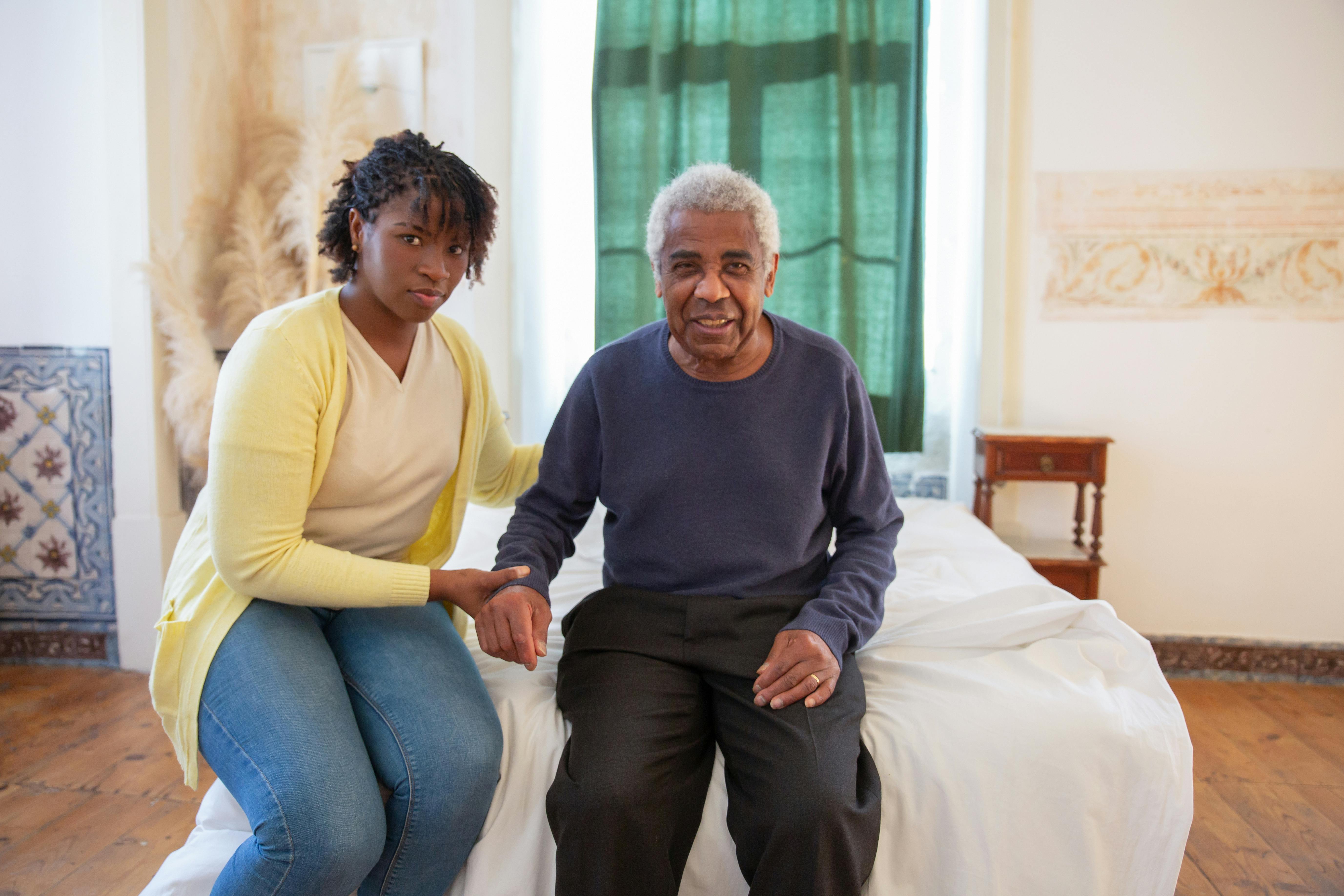Adjustable bed guide for comfort and safety
Adjustable beds change the angle of the mattress to raise the head, feet, or both, offering an alternative to a flat bed for people seeking customized comfort. For seniors and the elderly, an adjustable bed can affect sleep quality, ease of movement, and daily routines in the bedroom. This article reviews what adjustable beds do, who may benefit, and practical factors to consider before choosing one.

This article is for informational purposes only and should not be considered medical advice. Please consult a qualified healthcare professional for personalized guidance and treatment.
What is an adjustable bed and how does it work?
An adjustable bed is a base that changes position under a mattress using motors and hinges to raise the head, feet, or both. Most models use remote controls or smartphone apps to operate preset positions (e.g., reading or anti-snore). The change in angle can relieve pressure from specific body areas, help reduce acid reflux by elevating the upper body, and support circulation when legs are slightly elevated. Compatible mattresses include foam, latex, and some hybrid types designed to flex without damage. Installation typically requires fitting the base in place of a standard bed frame and ensuring electrical access nearby.
How can an adjustable bed help a senior with sleep and mobility?
For a senior, an adjustable bed can make getting in and out of bed easier when paired with features like lift assist, height adjustability, or integrated bed rails. Elevating the head can reduce nighttime coughing and ease breathing for those with mild respiratory issues, while foot elevation may help reduce swelling in the lower legs. Being able to shift positions without relying on caregivers can increase independence and reduce strain during transfers. However, benefits vary by individual health status; a healthcare provider or occupational therapist can advise whether an adjustable base is suitable for a particular mobility or medical concern.
What should caregivers consider when choosing a bed for the elderly?
Caregivers should assess stability, weight capacity, and control complexity. Look for bases with clear remote buttons, programmable positions, and reachable power switches. Consider options with safety features such as CPR release (manual flattening in an emergency), battery backup in case of outages, and edge support to prevent rolling. Mattress compatibility is important: a mattress that flexes with the base preserves comfort and warranty. Also evaluate room access (door widths, hallway turns) and whether professional delivery and setup are necessary to avoid injury during installation.
Which adjustable bed features are most useful?
Key features to weigh include split bases (allowing different positions for each side of a larger bed), massage functions, memory presets, under-bed lighting, USB charging ports, and adjustable heights. For seniors, features like gentle lift, low minimum heights, and simple to use remotes often matter most. Noise level of motors, warranty coverage for mechanical parts, and the availability of local repair services are practical considerations. If pain management is a concern, look for options that allow gradual, micro-adjustments to find the most comfortable angle.
How to fit an adjustable bed into a bedroom layout
Measure doorways, room width, and furniture placement before purchase to ensure the base can be delivered and positioned. Adjustable bases can be taller than standard frames when set at minimum height; consider bedside clearance for nightstands and grab bars. If a mattress overlay or topper is used, verify total thickness and compatibility with the base’s range of motion. For households with limited space, split bases (two separate adjustable bases under one king mattress) can help maneuver units through tight areas. Ensure electrical outlets are nearby and cords are arranged to avoid trip hazards.
For readers comparing models and cost, below is a concise, fact-based comparison of several widely available adjustable bed options and typical cost ranges. Prices and features vary with size, retailer, and available promotions; presented estimates are for common base models and do not include mattress costs.
| Product/Service Name | Provider | Key Features | Cost Estimation |
|---|---|---|---|
| ProLounger Adjustable Base | Leggett & Platt | Head/foot adjust, wired/wireless remotes, durable motor | $800–$1,500 |
| TEMPUR-Ergo Adjustable Base | Tempur-Pedic | Smooth drive, USB ports, integrated memory positions | $1,200–$2,500 |
| Adjustable Base (Classic Series) | Sleep Number | Partners split control, app integration, under-bed lighting | $900–$2,400 |
| Classic Adjustable Base | Purple | Simplified controls, low noise motor, ergonomic presets | $800–$1,800 |
| Solaire Adjustable Base | Saatva | Multiple zones, quiet lift, mattress compatibility guidance | $1,000–$2,200 |
Prices, rates, or cost estimates mentioned in this article are based on the latest available information but may change over time. Independent research is advised before making financial decisions.
Conclusion
An adjustable bed can offer meaningful benefits for comfort, sleep quality, and mobility management in the bedroom, especially for seniors and the elderly with specific needs. Choosing the right base involves matching features to individual health requirements, mattress compatibility, room logistics, and budget expectations. Consulting with healthcare professionals and testing models in person where possible can help ensure a practical and safe selection.






